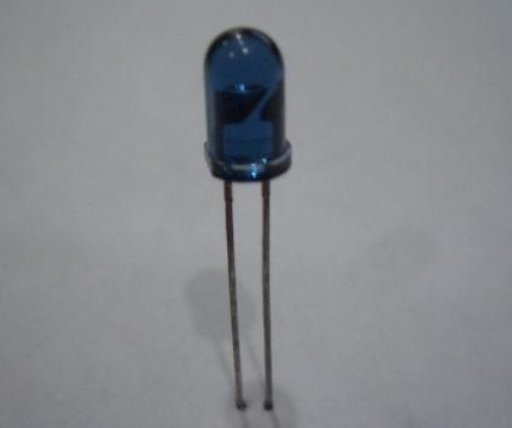Ordinary infrared LEDs are similar in appearance to general visible LEDs, but emit infrared light. The tube pressure is generally reduced by about 1.4v, and the operating current is generally less than 20mA. In order to adapt to different operating voltages, a series of finite current resistors are often found in the loop. Fiber Optic Patch Panel,Fiber Patch Panel,Fiber Distribution Panel,Optical Patch Panel Cixi Dani Plastic Products Co.,Ltd , https://www.danifiberoptic.com
When infrared rays are emitted to control the corresponding controlled device, the distance controlled is proportional to the transmitted power. In order to increase the infrared control distance, the infrared light-emitting diode operates in a pulse state, because the effective transmission distance of the pulsating light (modulated light) is proportional to the wind-induced current of the pulse, and it is only necessary to increase the peak Ip as much as possible to increase the emission of infrared light. distance. The method of improving Ip is to reduce the pulse duty ratio, that is, the width T of the compression pulse. For some color TV infrared remote controllers, the working pulse duty ratio of the infrared light-emitting tube is about 1/3-1/4; some electrical products have infrared The remote control has a duty ratio of 1/10. Reducing the pulse duty cycle also greatly increases the emission distance of the low power infrared light emitting diode. Ordinary infrared light-emitting diodes are divided into three categories: low power (1mW-10mW), medium power (20mW-50mW) and high power (50mW-100mW or more). In order for the infrared light emitting diode to generate modulated light, it is only necessary to apply a pulse voltage of a certain frequency to the driving tube.
When the infrared light emitting diode emits infrared light to control the controlled device, the controlled device has a corresponding infrared light-electrical conversion component, such as an infrared receiving diode, a phototransistor, and the like. In practice, there are already pairs of diodes for infrared emission and reception.
There are two ways to transmit and receive infrared rays. One is direct type and the other is reflective. The direct-type light-emitting tube and the receiving tube are relatively placed at opposite ends of the emission and the controlled object, and the distance between them is a certain distance; the reflective-type light-emitting tube and the receiving tube are juxtaposed together, and the receiving tube is always without illumination, and only the infrared light emitted from the light-emitting tube When the light encounters the reflector, the receiving tube receives the reflected infrared light to work. The double-tube infrared transmitting circuit can increase the transmitting power and increase the working distance of the infrared emission.
According to the characteristics of the infrared LED chip , it can be widely used according to different wavelengths, for example:
1. Wavelength: 940nm, suitable for remote control, such as remote control for household appliances;
2. Wavelength: 808nm, suitable for medical instruments, space optical communication, infrared illumination, pump source of solid laser
3. Wavelength: 830nm, suitable for automatic card swipe system of high-speed road (the best night vision system, you can see a little red light on the die, the effect is better than 850nm)
4. Wavelength: 840nm, suitable for camera color zoom infrared waterproof
5. Wavelength: 850nm, suitable for camera (video shooting) Digital photography, monitoring, building intercom, burglar alarm, infrared waterproof
6. Wavelength: 870nm, suitable for shopping malls, crossroads camera (edit; broth)